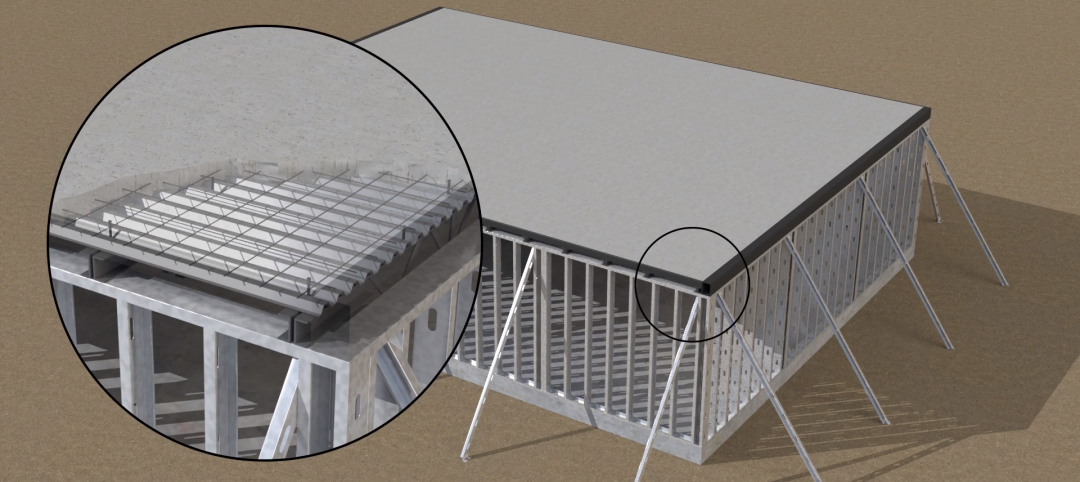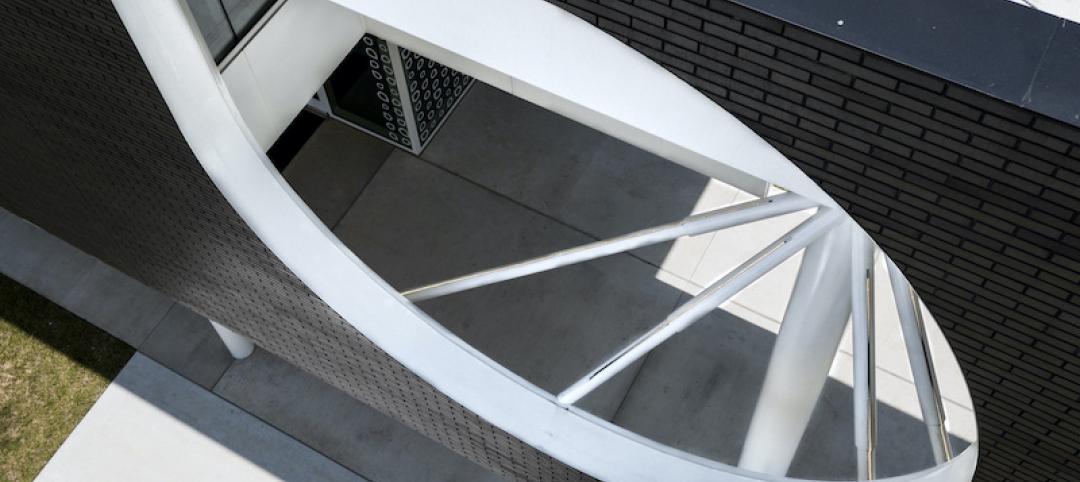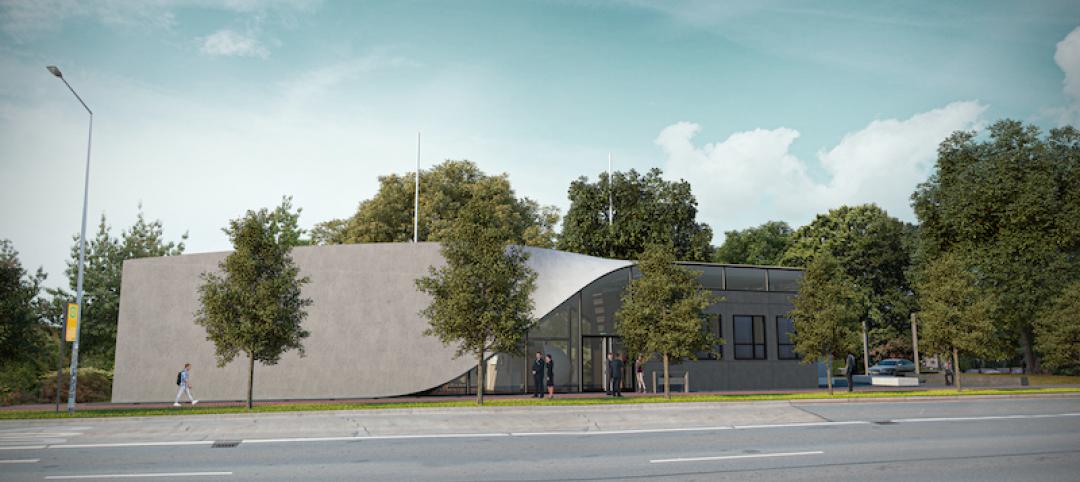Purdue University civil engineers have developed innovative materials that can dissipate energy caused by bending, compression, torque, and tensile stresses without sustaining permanent damage. These intelligent architected materials may also possess shape memory properties, making them reusable while enhancing safety and durability.
The research, led by Professor Pablo Zavattieri, believe the new class of adaptable materials offer potential uses in multiple industries, such as earthquake engineering, impact-resistant structures, biomedical devices, sporting goods, building construction, and automotive components. The technology is currently being tested for 3D-printed panels for aircraft runway mats and nonpneumatic tires for military vehicles, providing resistance to punctures and leaks while maintaining performance in various terrains.
Purdue develops intelligent architected materials
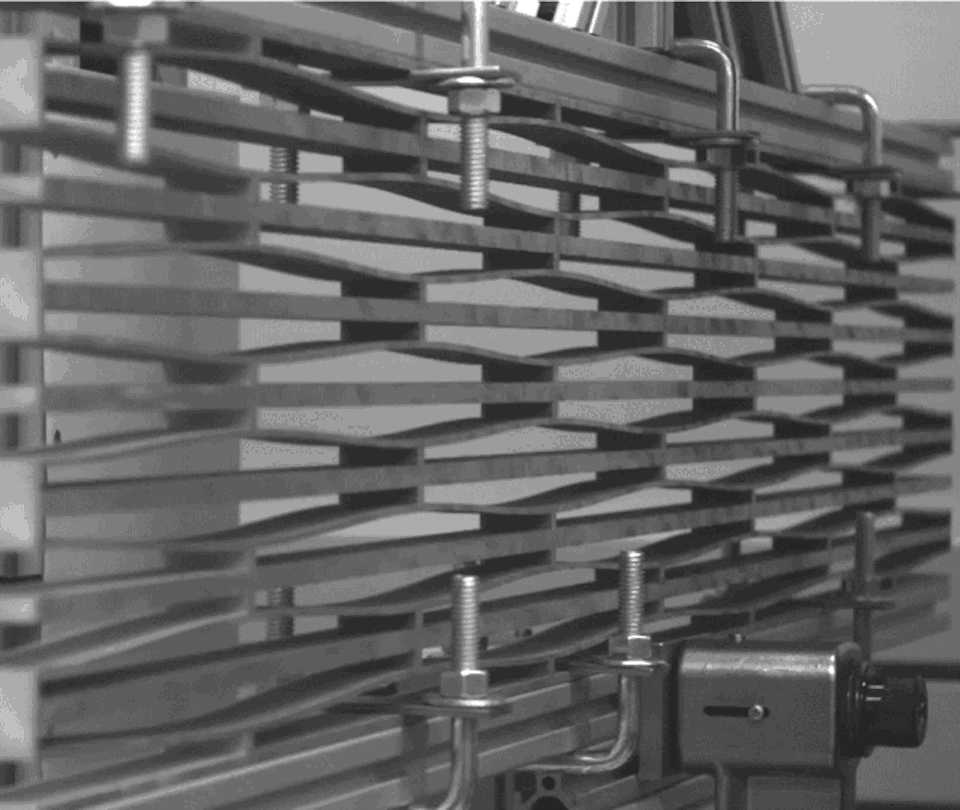
“These materials are designed for fully recoverable, energy-dissipating structures, akin to what is referred to as architected shape memory materials, or phase transforming cellular materials, known as PXCM,” Zavattieri said. “They can also exhibit intelligent responses to external forces, changes in temperature, and other external stimuli.”
These materials can be created from various substances, such as polymers, rubber, and concrete, as long as they remain within the elastic range. They are designed to deform in controlled and programmable ways, providing enhanced energy absorption and adaptability. For the aircraft runway mats, Zavattieri sees the material aiding in self-healing properties, resulting in a longer life span than a runway made with AM-2 matting. "Another benefit is that debris on the runway will not hamper the runway’s performance with our technology," he says.
The Purdue researchers have demonstrated scalability from macro to micro applications and an improvement over traditional lightweight cellular materials.
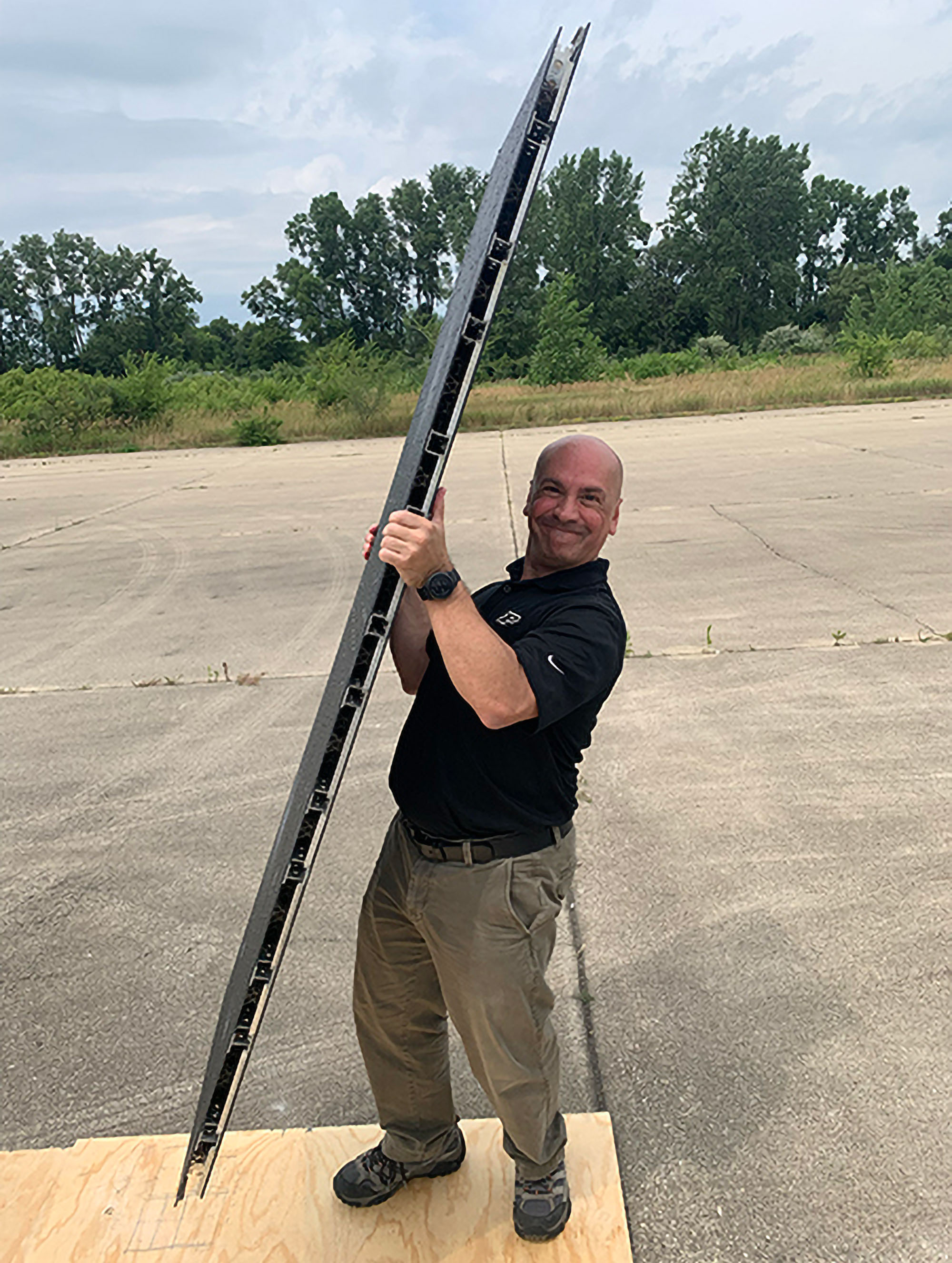
“We have produced intelligent architected materials as large as 12 inches, which are ideal for applications like building and bridge construction to absorb and harness energy,” Zavattieri said. “Conversely, we have created materials with unit cells smaller than the thickness of a human hair. This scalability opens up a world of possibilities from macro to micro applications.”
The research has received funding from organizations like General Motors, ITAMCO (Indiana Technology and Manufacturing Companies), the National Science Foundation, and the U.S. Air Force. Additionally, patents have been filed to protect the intellectual property, and industry partners interested in commercializing the materials for the marketplace should contact Dipak Narula, Assistant Director of Business Development and Licensing in Physical Sciences, at dnarula@prf.org about 2018-ZAVA-68252, 2019-ZAVA-68691, 2020-ZAVA-69072 and 2022-ZAVA-69900.
Related Stories
Sponsored | Glass and Glazing | Oct 1, 2021
Seizing the Daylight with BIPV Glass
Glass has always been an idea generator. Now, it’s also a clean energy generator.
Wood | May 14, 2021
What's next for mass timber design?
An architect who has worked on some of the nation's largest and most significant mass timber construction projects shares his thoughts on the latest design trends and innovations in mass timber.
3D Printing | Nov 27, 2020
The Fibonacci House: A test case of 3D construction printing
The Fibonacci House, which we have named after Leonardo Fibonacci, the medieval Italian mathematician, illustrates the potential of 3DCP and demonstrates how a complex design and challenging logistics can be solved through pragmatic planning and 3DCP technology.
Building Materials | Jul 5, 2020
A new report predicts significant demand growth for mass timber components
There should be plenty of wood, but production capacity needs to catch up.
Sponsored | Voice of the Brand | Jun 5, 2020
Practice Style Transcendence with Brick
Get inspired! Brick’s adaptability has made it the premier building material for centuries even as styles come and go. Nothing says “classic” like brick, but nothing says “innovative” like brick either. Check out some examples of how fired clay brick remains a major presence in the 21st Century designer’s palette.
Building Materials | Jun 4, 2020
The world’s first building made from carbon-fiber reinforced concrete starts construction in Germany
But greater use of these materials still faces obstacles.
Coronavirus | Apr 16, 2020
COVID-19: Pennsylvania building products supplier raises $1.2 million for Pittsburgh-area food bank
Pennsylvania building products supplier raises $1.2 million for Pittsburgh-area food bank.






